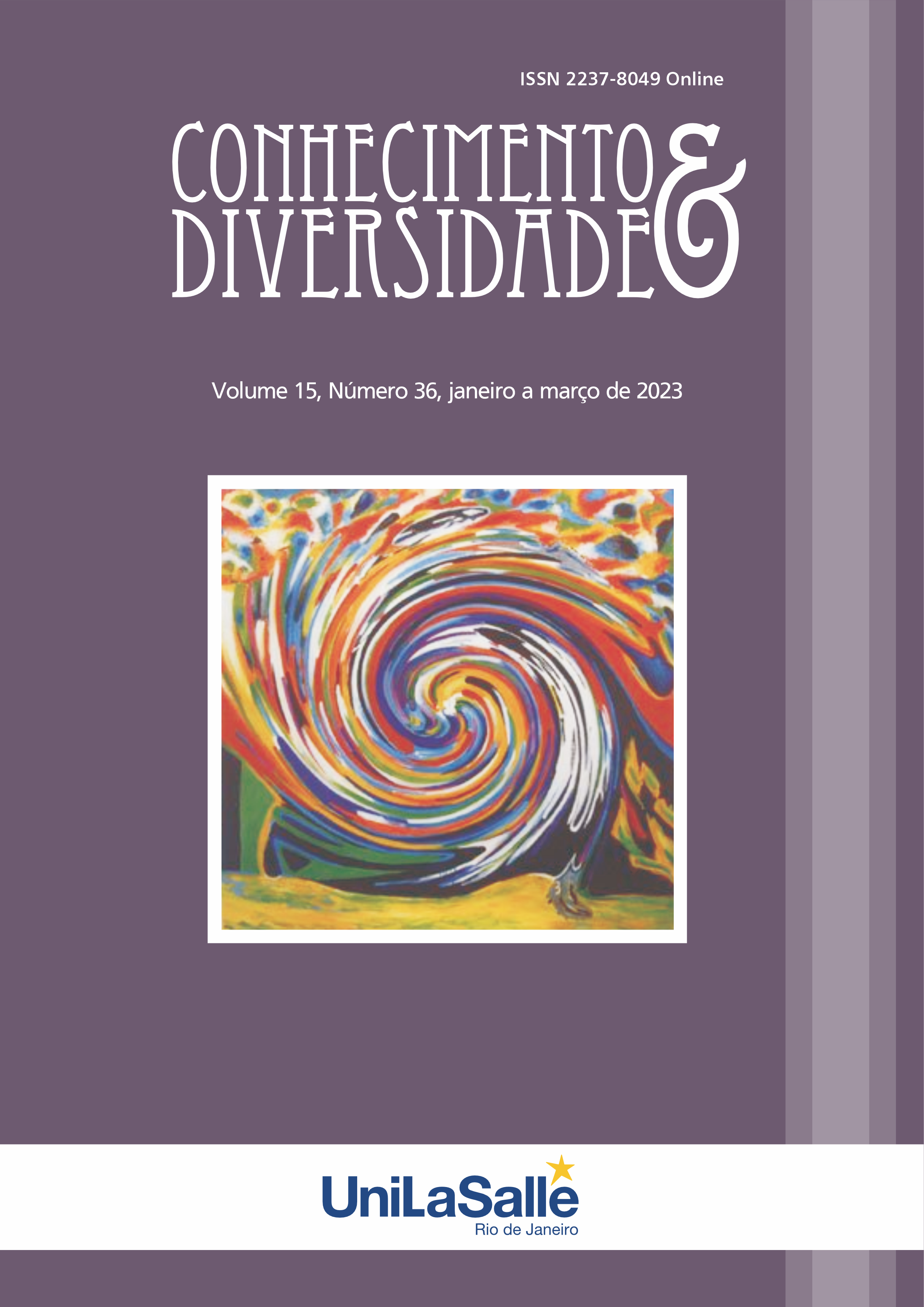VIABILIDADE DO COMÉRCIO DE MOEDAS À VISTA UNIFICADO COM AS MOEDAS FIAT E SEUS DESAFIOS
UM PROCESSO EDUCACIONAL PARA AS PARTES INTERESSADAS
DOI:
https://doi.org/10.18316/rcd.v15i36.10797Palavras-chave:
Moeda Fiat, Moeda à vista, Unification teoria, Desafios legais, Processo educacionalResumo
As moedas criptográficas se referem ao dinheiro eletrônico que é transferido digitalmente e não pode ser devolvido aos computadores através de uma plataforma chamada cadeia de bloqueio. Em outras palavras, o dinheiro virtual é criptografado com códigos eletrônicos e eles podem assim registrar transações; portanto, todas as moedas digitais, incluindo moedas bitcoin e de carteira podem ser um meio de pagamento para substituir o dinheiro físico para o fornecimento de bens e serviços, e podem ser usadas no lugar de moedas fiat em nível nacional e transnacional. Há várias vantagens para esta substituição, como a redução da produção de cédulas e moedas metálicas, mas este desenvolvimento na estrutura dos pagamentos monetários leva a desafios legais e políticos, e é necessário abordar esta questão na presente pesquisa. Como introdução, a igualdade das moedas fiat e spot deve ser medida e a possibilidade de aplicar os efeitos da moeda fiat à moeda spot e suas vantagens e desvantagens também deve ser analisada e explicada. Obviamente, analisar esta questão e generalizar as características do dinheiro físico ao virtual será eficaz e pioneiro para o comércio nacional e internacional, e identificar os desafios do unification pode fornecer uma plataforma adequada para a adoção de medidas preventivas em termos de eliminação e controle de possíveis riscos. Nesta base, a presente pesquisa analisou os tópicos através da coleta de dados e análise documental.
Referências
Eslami, Toutounchian, presented in the first conference on Islamic economics, vol. 3, p. 11.
Akhavan, Peyman; Movahednia, Alireza; Darabi, Ali (2021). Binance, digital currency exchange. Atinegar Publications, first edition.
Akhavan, Peyman, (2017), Digital currencies, bitcoin, blockchain, and basic concepts, Tehran, Atinegar Publications.
Tavassoli, Mohammad-Esmaeil (2015). Analysis of the nature of money and the pillars of monetary policy in Islamic economics, Research Institute of Hawzah and University, Qom, first edition.
Sobhani, Hassan, Droudian, Hossein, (2015). A critique on views of the Austrian school in rejecting banknotes, Quarterly.
Shiravi, Abdol Hossein (2019), International Trade Laws, 11th edition, Samt Publications.
Scientific-research journal of planning and budget, 20th year, No. 1.
Karimian, Alireza (2021), The Basics of Cryptocurrencies, Arad Ketab Publications, first edition.
Komeijani, Akbar, Arabi, Hadi; Tavassoli, Mohammad-Esmail (2012). Review and criticism of Western economic thinkers' theories about the nature of money. Quarterly of Iranian Economic Research, 17th year, No. 51.
Mohammadi, Ali (2021), Everything about Metaverse, Bavin Ketab, Second edition.
Yousefi, Ahmad-Ali (1998). The nature of money and its jurisprudential and economic strategies, Tehran, Research Institute of Islamic Culture and Thought.
Akhavan, Peyman, Philsoophian, Maryam, Rajabion, Lila, and Namvar, Morteza (2018), Developing a Block-chained Knowledge Management model (BCKMM): Beyond traditional knowledge management, The 19th European conference on Knowledge Management (ECKM 2018), September, Italy.
Akhavan, Peyman, Philsoophian, Maryam, and Namvar, Morteza (2021). The Mediating Role of Blockchain Technology in Improvement of Knowledge Sharing for Supply Chain Management, Management Decision, DOI10.1108/MD-08-2020-1122.
Alonso-Monsalve, S., Suarez-Cetrulo, A. L., Cervantes, A., & Quintana, D. (2020). Convolution on neural networks for high- frequency trend prediction of cryptocurrency exchange rates using technical indicators. Expert Systems with Applications, 149, 113250.
Alzaatreh, A., & Sulieman, H. (2019). On fitting cryptocurrency log-return exchange rates. Empirical Economics, 1-18.
Arnason, S.L. (2015). Cryptocurrency and Bitcoin. A possible foundation of future currency : why it has value, what is its history and its future outlook .
Bauriya, A., Tikone, A., Nandgaonkar, P., & Sakure, K. S. (2019). Realtime cryptocurrency trading system. International Research Journal of Engineering and Technology (IRJET), 6.
Bichler, M., & Kaukal, M. (1999). Design and implementation of a brokerage service for electronic procurement. Paper presented at the proceedings. Tenth International Workshop on Database and Expert.
HOUBEN.R and SNYERRS.A (2018), cryptocurrencies and blockchain: legal context and implications for financial crime, money laundering and tax evasion, European Parliament study, July 2018, p. 100. (electronically available via https://www.europarl. Europa.eu/cmsdata/150761/TAX3%20Study%20on%20c
ryptocurrencies%20and%20blockchain.pdf). https://blockgeeks.com/the-impact-of-bitcoin-on-the-global-economy/
Umlauft Thomas S., (2018), Is Bitcoin Money? An Economic-Historical Analysis of Money, Its Functions and Its Prerequisites, Conference: 85th International Atlantic Economic Conference, At London, United Kingdom.
Xiong, Wanting, Fu, Han, Wang, Yougui (2017), Money creation and circulation in a credit economy, Journal Physica A 456 (2017) 425-437.
Downloads
Publicado
Edição
Seção
Licença
Copyright (c) 2023 Conhecimento & Diversidade

Este trabalho está licenciado sob uma licença Creative Commons Attribution 4.0 International License.
Conforme recomendado pelo o Public Knowledge Project, a RCD adota para seus artigos uma licença CREATIVE COMMONS: Atribuição CC BY 4.0.
Esta licença permite que outros distribuam, remixem, adaptem e construam sobre o seu trabalho, mesmo comercialmente, desde que lhe dêem crédito pela criação original.
Esta é a licença mais adequada oferecida.
Recomendado para a máxima divulgação e uso de materiais licenciados.



